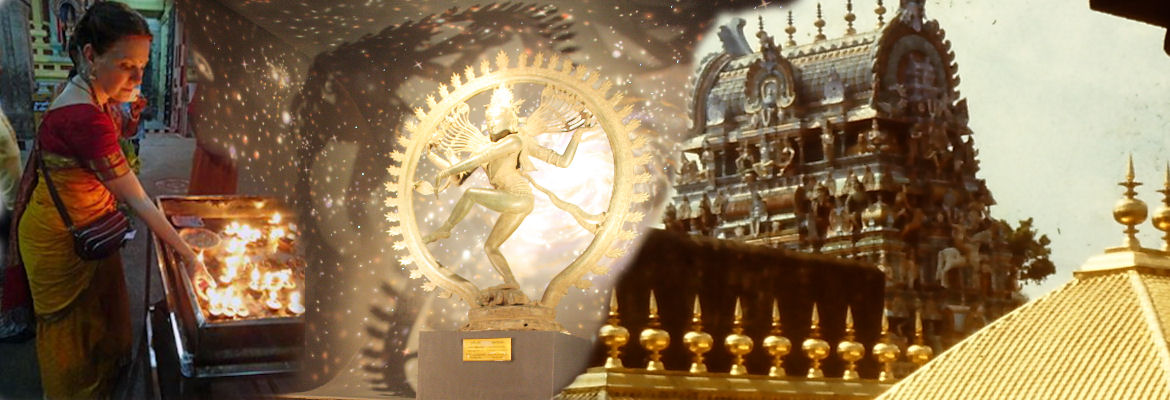We tend to think about the past as a lesser, a more backward time, compared to our own. A time without health-care, education, or civilisation. This is the result of many centuries of Western centric thought. But once we really look, we see many accomplishments from the past we cannot even understand today. The pyramids of Egypt, the Iron Pillar in Delhi, Stonehenge, China’s Great Wall. What if we could learn how these miracles were accomplished? Behind these grand achievements of humanity lies great science and knowledge. Much of this knowledge is no longer available to us, even after much research. Because there is no information left to us. No texts, no oral tradition, nothing useful from archaeology to throw light on the matter. Many of the civilisations which left us these examples of their greatness no longer exist. Except India. India has preserved a body of living knowledge going back thousands of years. Covering each aspect of human existence. Health care, education, architecture, governance. This knowledge has been preserved in the living traditions as well as in manuscripts. And this knowledge can be made available and can again be made relevant for today’s humanity. From this material new methods and approaches can be developed, linking ancient vision with contemporary technologies. India can once again be the world’s teacher.
One example of this can be ayurveda and genetics. Recent research has established that the ayurvedic system of body types (prakriti, dosha) is based on genetics. From this a whole new approach to human health can be developed where prevention through diet and yoga would help us to improve the quality of life of the individual and control the spiralling costs of health care.
© 2014 Liesbeth Bennink
